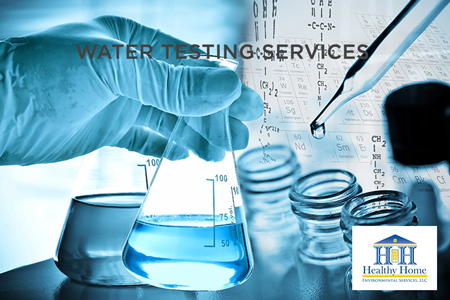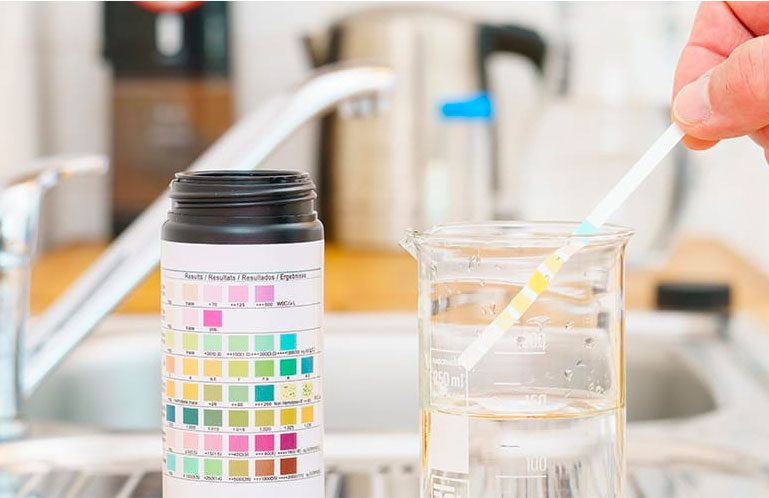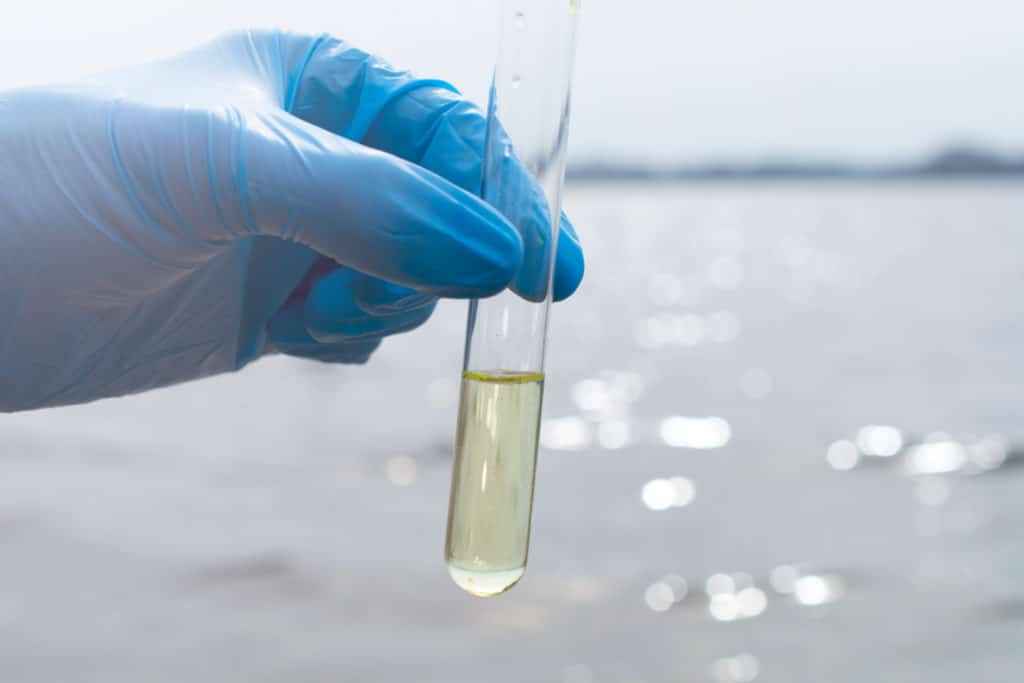Top Water Testing Service: Ensure Your Family members's Safety and security Today
Top Water Testing Service: Ensure Your Family members's Safety and security Today
Blog Article
Learn How Water Testing Can Identify Contaminants and Secure Your Family members's Health
Comprehending the significance of water testing is vital for guarding your household's wellness, as our water supply can harbor unseen threats. By checking out the mechanics of water testing, one can discover the undetectable hazards prowling in relatively beautiful water resources.
Relevance of Water Checking
Acknowledging the vital function water plays in maintaining life, the significance of water testing can not be overstated. Water is a basic resource, necessary for drinking, food preparation, sanitation, and various commercial processes. Its high quality directly impacts public wellness and well-being. Ensuring that water is complimentary from harmful compounds is critical for maintaining healthy communities and communities.
Water screening acts as a positive procedure to recognize prospective risks that might jeopardize water quality. Through methodical analysis, it aids find physical, chemical, and biological parameters that could present dangers to human health and wellness. Routine screening enables the early discovery of concerns, promoting timely interventions to prevent extensive contamination and associated health and wellness problems.
Additionally, water screening sustains regulative compliance, guaranteeing that water companies meet established safety and security requirements and guidelines set by governmental authorities. It promotes openness and responsibility, building public count on the water supply system. Testing supplies important data that informs water management techniques, making it possible for lasting use and conservation of this priceless resource.
Basically, water screening is a crucial tool that safeguards public health and wellness, guarantees regulative adherence, and advertises the lasting management of water resources. Its significance in shielding both people and areas can not be underestimated.
Common Water Pollutants
Among the different components that can endanger water high quality, typical water contaminants consist of an array of physical, chemical, and biological materials that position significant risks to human health and the atmosphere. Physical pollutants commonly involve sediments or natural products put on hold in water, which can impact clearness and taste.
Biological contaminants, largely germs, infections, and protozoa, emerge from human and animal waste entering water systems. Virus such as E. coli, Giardia, and Cryptosporidium are infamous for causing intestinal illnesses and can be especially hazardous to little ones, the senior, and those with endangered immune systems. Nitrates and nitrites, typically coming from plant foods, pose an additional health and wellness threat, particularly to infants, possibly causing conditions like methemoglobinemia or "blue child disorder."
Furthermore, emerging contaminants, including drugs and personal treatment products, have actually increased worries because of their perseverance and unknown long-term results. Understanding these impurities is vital for applying reliable water treatment techniques and guaranteeing safe alcohol consumption water.
How Water Testing Works
Understanding the spectrum of contaminants in water highlights the importance of effective testing methods to guard public health and wellness. Water screening is a systematic process designed to recognize and evaluate different contaminations that could pose threats to human health. This entails a series of analytical procedures that detect pollutants such as microorganisms, heavy steels, organic chemicals, and other toxins. The screening procedure typically begins with example collection from the water source, ensuring that samples are unpolluted and depictive throughout the collection process.
Once samples are accumulated, they go through lab analysis utilizing various methods. Chemical testing usually entails spectrometry or chromatography, both of which can recognize and gauge certain chemical compounds. For microbiological testing, methods such as membrane filtration or enzyme substrate examinations are utilized to identify pathogenic bacteria. Furthermore, physical characteristics like color, ph, and turbidity are analyzed to supply understanding into the total high quality of the water.
The exact methods utilized in water testing depend on the details impurities of problem and the water's intended usage. By consistently using these rigorous testing protocols, researchers and public health and wellness officials can make certain the safety and top quality of water, thus web link safeguarding communities from prospective health and wellness risks.
Selecting the Right Test
The initial step is assessing the water resource-- be it municipal, well, or surface water-- as each has unique dangers. Local water may need testing for disinfectant byproducts, while well water might require screening for nitrates, microorganisms, and heavy steels.
Following, think about recent occasions and environmental variables. Neighboring farming tasks may require testing for herbicides and pesticides, whereas industrial zones can require look for chemical pollutants. Furthermore, any adjustments in water taste, appearance, or smell must motivate details testing go to my site for usual contaminants like lead, chlorine, or organic virus.
Professional water screening services provide detailed packages that target a vast array of possible contaminants. These packages commonly align with requirements established by the Epa (EPA) or local wellness departments. For a much more customized strategy, seeking advice from a water high quality professional can provide understandings right into which particular tests are essential based upon regional concerns and individual health and wellness demands, making certain the defense of your house's wellness.

Preserving Water Safety

Along with testing, correct upkeep of water supply plays an important function. This consists of servicing and inspecting pipes systems, tank, and septic tanks to avoid leaks or backflow that could present contaminants - Well water testing services. Employing water filtration systems made to resolve specific local issues can even more safeguard versus contaminations, offering an additional layer of protection
Public understanding and education are just as crucial in keeping water security. Neighborhoods should be educated concerning potential dangers connected with local water resources and the essential actions to mitigate them. Encouraging public engagement in water safety and security campaigns promotes a collective responsibility that enhances total effectiveness.
Inevitably, a comprehensive strategy that integrates routine testing, system maintenance, and community participation is necessary in guarding water quality. By doing so, family members can be ensured of risk-free and tidy water, shielding their wellness and health.

Conclusion
Routine water screening is important for identifying contaminants such as germs, hefty steels, and chemicals that position wellness dangers. By evaluating water samples, undetected risks can go to this site be found, guaranteeing the arrangement of safe drinking water.
Comprehending the importance of water testing is essential for securing your family members's health, as our water supply can harbor hidden dangers.Water screening offers as an aggressive action to recognize potential threats that may jeopardize water top quality.Moreover, water testing supports regulative conformity, making certain that water service providers satisfy well-known safety requirements and guidelines set by governmental authorities. Community water could need testing for disinfectant by-products, while well water may require testing for nitrates, germs, and hefty metals.
Regular water screening is an important element in preserving the top quality of water resources, making it possible for timely interventions prior to pollutants reach dangerous degrees.
Report this page